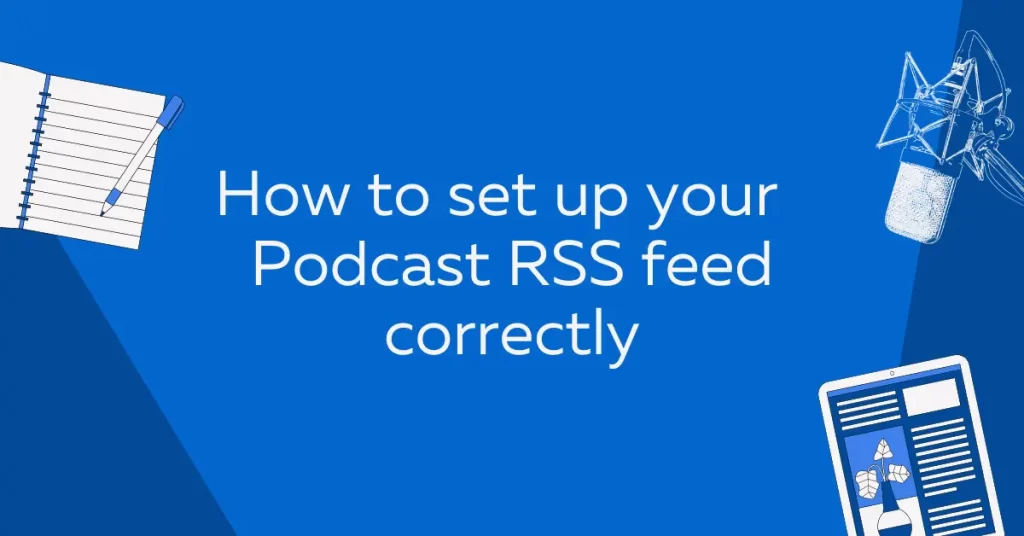Crawl Depth and Its Importance
Crawl depth refers to how many clicks it takes for search engine bots to reach a specific page on a website. The deeper a page is in the site’s hierarchy, the harder it is for search engines to find and index it. This can negatively impact the page’s visibility in search results, as well as the overall traffic and revenue generated.
To effectively manage crawl depth, website owners need to have a clear understanding of the site’s structure and hierarchy. By prioritizing important pages and optimizing internal linking, search engines can easily discover and index them, improving visibility and ranking.
Managing crawl depth is crucial for improving search engine rankings and enhancing the user experience. A well-organized site structure with easily accessible important pages leads to faster load times, increased engagement, and higher conversion rates. Regularly monitoring crawl stats and promptly addressing any crawl errors ensures proper indexing and accessibility.
Managing Crawl Depth
To manage crawl depth effectively, prioritize important pages by placing them higher in the site’s architecture. This improves their accessibility to search engines and increases the chances of better indexing and ranking. Optimizing the internal linking structure, interlinking related pages using relevant anchor text, enhances crawlability and contextual understanding.
Monitoring crawl stats using tools like Google Search Console is essential to identify crawl errors and address them promptly. By rectifying crawl errors, website owners can improve the overall health of the website and ensure proper indexing. Strategies such as optimizing internal linking and maintaining a shallow crawl depth contribute to improved visibility and success in search engine rankings.
Effectively managing crawl depth enhances both search engine rankings and user experience. By prioritizing important pages, optimizing internal linking, and promptly resolving crawl errors, website owners can improve indexing, visibility, and traffic.
Crawl Depth and User Experience
The depth at which a website is crawled greatly affects the experience of its users. When a website has a shallow crawl depth, search engines and users can easily find the important pages, resulting in faster loading times and a smoother browsing experience. This has a positive impact on engagement and user satisfaction.
Search engines prioritize pages with shallow crawl depth, which leads to higher rankings in search results. This increased visibility attracts more organic traffic to the website. On the other hand, a deep crawl depth can lead to slower loading times, lower visibility, user frustration, and higher bounce rates.
Improving user experience involves giving priority to important pages with shallow crawl depth. By optimizing the website’s structure, making important pages easily accessible, and minimizing the number of clicks required to reach them, a user-friendly browsing experience is created. This, in turn, leads to increased engagement, longer time spent on the site, and higher conversion rates.
Managing Crawl Depth
Effectively managing crawl depth requires understanding the website’s structure and hierarchy. Prioritizing important pages higher in the architecture ensures they are easily discovered by search engines. Optimizing the internal linking structure aids crawlability and improves indexing.
Monitoring crawl stats using tools like Google Search Console is crucial to identify and address crawl errors promptly. By resolving crawl errors, website owners improve the overall health of the website and ensure accessibility to search engines. Strategies like optimizing internal linking and maintaining a shallow crawl depth contribute to visibility and success in search engine rankings.
Managing crawl depth enhances search engine rankings and user experience. Prioritizing important pages, optimizing internal linking, and resolving crawl errors improve indexing, visibility, and traffic.
For more information:



